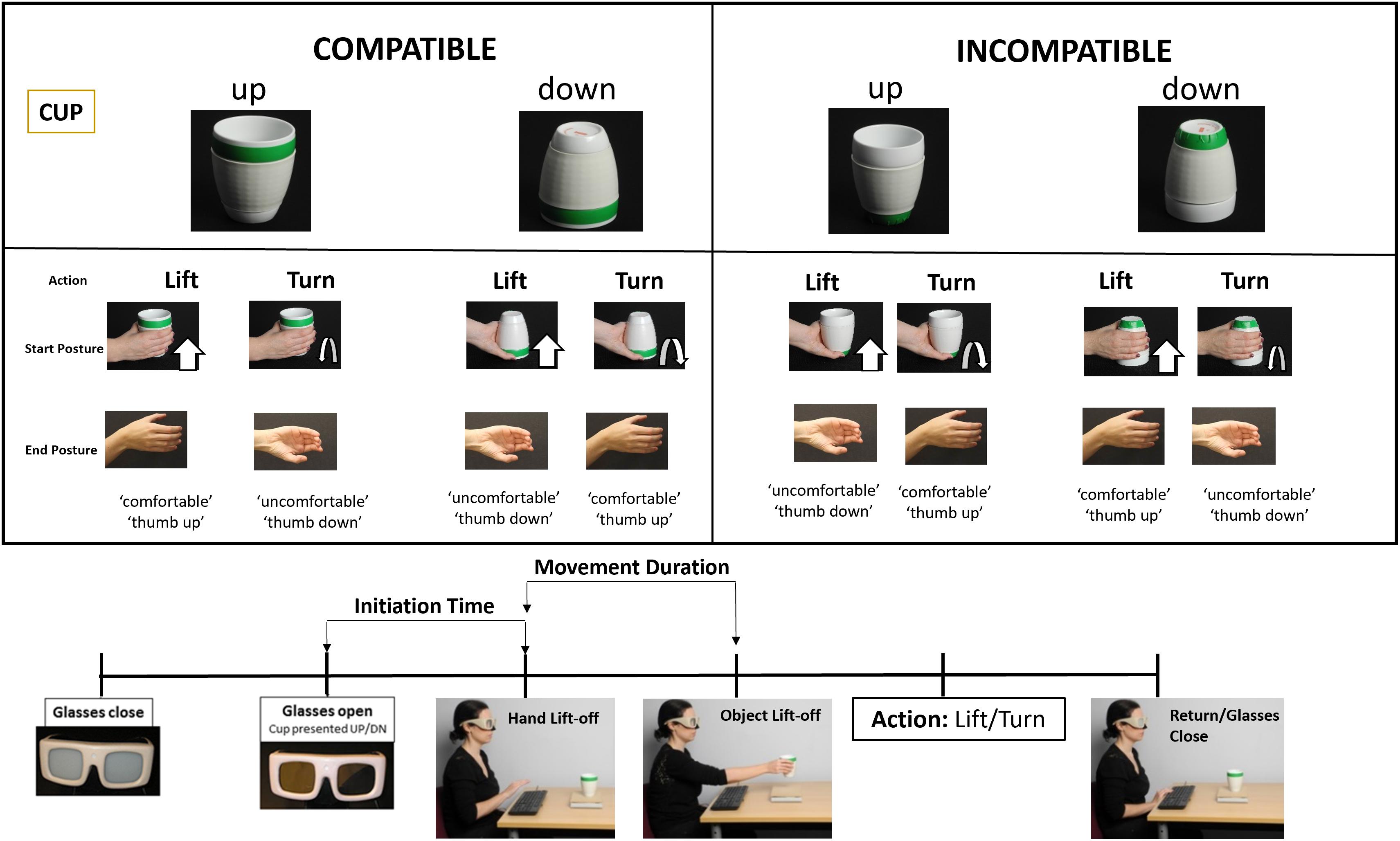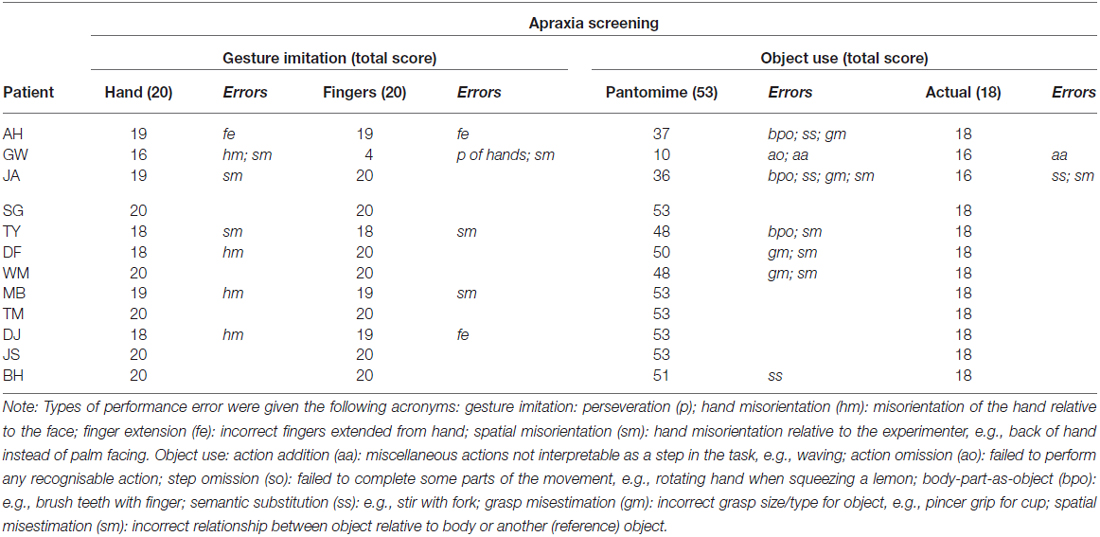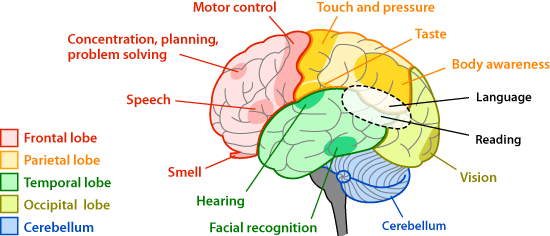Apraxia, often abbreviated as AOS when referring to Apraxia of Speech, is a neurological condition that affects an individual’s ability to perform skilled movements, despite having the physical capability and desire to do so. This disorder can manifest in various forms and has significant implications for daily life. Understanding the types, causes, and management strategies associated with this condition is essential for patients, caregivers, and healthcare professionals alike. In this article, we will delve into the complexities of apraxia, exploring its different forms, underlying causes, and approaches to managing its effects.


Understanding Apraxia
Apraxia is a motor disorder caused by damage to specific areas of the brain responsible for planning and executing voluntary movements. Unlike paralysis or weakness, individuals with apraxia have intact muscles and motor systems but struggle to coordinate these systems effectively. The condition can affect a wide range of activities, from simple tasks like brushing teeth to complex actions such as playing a musical instrument.
How Apraxia Differs from Other Motor Disorders
- Paralysis: Paralysis involves the complete loss of muscle function in a specific part of the body, often due to nerve damage or spinal cord injury.
- Dyspraxia: Dyspraxia, also known as developmental coordination disorder, refers to difficulties in planning and coordinating physical movements, often seen in children.
- Apraxia: Apraxia specifically refers to the inability to execute learned movements despite having the physical ability and understanding of the task.
Types of Apraxia
There are several distinct types of apraxia, each affecting different aspects of motor control. Below, we explore the most common forms of this condition.
Apraxia of Speech
Apraxia of speech is a neurological disorder that affects the ability to plan and sequence the precise movements required for clear speech. Individuals with this condition know what they want to say but struggle to coordinate the muscle movements necessary to articulate words. This type of apraxia is often seen in adults who have experienced a stroke or other brain injuries but can also occur in children, where it is referred to as childhood apraxia of speech.
Symptoms of Apraxia of Speech
- Inconsistent errors in speech production
- Groping movements of the mouth while attempting to speak
- Difficulty imitating speech sounds
- Challenges with prosody, such as rhythm and intonation
Limb-Kinetic Apraxia
Limb-kinetic apraxia affects the ability to perform precise movements with the limbs, particularly the hands and fingers. This form of apraxia often results from damage to the parietal lobe of the brain. Individuals may struggle with tasks that require fine motor skills, such as buttoning a shirt or using utensils during meals.
Common Challenges Associated with Limb-Kinetic Apraxia
- Difficulty performing rapid, alternating movements
- Poor hand-eye coordination
- Increased reliance on visual guidance for movement
Ideomotor Apraxia
Ideomotor apraxia impacts the ability to carry out learned, purposeful movements in response to verbal commands or imitation. For example, a person may understand the instruction to wave goodbye but be unable to execute the motion. This type of apraxia is often linked to damage in the left hemisphere of the brain.
Examples of Ideomotor Apraxia
- Inability to mimic gestures like saluting or pretending to brush teeth
- Difficulty performing everyday tasks like opening a door or pouring water
Ideational Apraxia
Ideational apraxia is characterized by difficulty conceptualizing and sequencing multiple-step actions. Individuals with this condition may struggle to understand how to use objects correctly or perform tasks that involve a series of steps. For instance, they might attempt to use a key to stir coffee instead of unlocking a door.
Signs of Ideational Apraxia
- Misuse of tools or objects
- Inability to follow multi-step instructions
- Confusion about the purpose of everyday items
Causes of Apraxia
The causes of apraxia vary depending on the type and severity of the condition. However, all forms of apraxia stem from disruptions in the brain’s ability to communicate with the body’s motor systems. Below, we examine the primary factors contributing to the development of apraxia.
Neurological Conditions
Several neurological conditions can lead to apraxia. These include:
- Stroke: A stroke occurs when blood flow to a part of the brain is interrupted, leading to brain cell death. Depending on the area affected, a stroke can result in various forms of apraxia.
- Traumatic Brain Injury: Head injuries sustained in accidents or falls can damage critical areas of the brain involved in motor planning and execution.
- Neurodegenerative Diseases: Conditions such as Alzheimer’s disease and Parkinson’s disease can progressively impair motor functions, including those related to apraxia.
Developmental Factors
In children, apraxia can arise from developmental issues that affect the brain’s ability to process motor commands. Childhood apraxia of speech, for example, is thought to result from delays or abnormalities in the development of neural pathways responsible for speech production.
Genetic Predisposition
While less common, some cases of apraxia may have a genetic component. Research suggests that certain inherited conditions can increase the likelihood of developing apraxia, particularly in children.
Management and Treatment Approaches
Managing apraxia requires a multidisciplinary approach that addresses both the physical and cognitive aspects of the condition. While there is no cure for apraxia, various therapies and interventions can help individuals improve their motor skills and enhance their quality of life.
Speech Therapy for Apraxia of Speech
For individuals with apraxia of speech, speech therapy is a cornerstone of treatment. Speech-language pathologists work with patients to improve their ability to plan and execute speech movements. Techniques commonly used in therapy include:
- Articulation Exercises: Practicing specific sounds and syllables to strengthen oral motor skills.
- Pacing Strategies: Slowing down speech to allow for better motor planning and execution.
- Augmentative Communication Devices: Using technology to assist with communication when verbal expression is severely impaired.
Occupational Therapy for Limb-Kinetic and Ideomotor Apraxia
Occupational therapy focuses on improving the ability to perform daily activities and regain independence. Therapists use a variety of techniques to address challenges associated with limb-kinetic and ideomotor apraxia, including:
- Task-Specific Training: Repeated practice of specific movements to reinforce neural pathways.
- Adaptive Tools: Introducing devices that simplify tasks, such as ergonomic utensils or specialized writing aids.
- Cognitive Strategies: Teaching problem-solving techniques to help individuals break down complex tasks into manageable steps.
Physical Therapy for Motor Coordination
Physical therapy plays a crucial role in addressing motor coordination issues associated with apraxia. Therapists design personalized exercise programs to improve strength, flexibility, and balance. Key components of physical therapy include:
- Strength Training: Building muscle strength to support coordinated movements.
- Balance Exercises: Enhancing stability to reduce the risk of falls and injuries.
- Motor Planning Activities: Engaging in activities that challenge the brain’s ability to plan and execute movements.
Medications and Assistive Technologies
In some cases, medications may be prescribed to manage symptoms associated with underlying neurological conditions that contribute to apraxia. Additionally, assistive technologies such as voice-activated devices and mobility aids can provide valuable support for individuals with severe apraxia.
Support Systems and Coping Strategies
Living with apraxia can be challenging, but a strong support system can make a significant difference. Family members, friends, and caregivers play a vital role in helping individuals navigate the emotional and practical aspects of the condition. Support groups and counseling services can also provide valuable resources for coping with the psychological impact of apraxia.
Tips for Caregivers
- Be patient and provide ample time for the individual to complete tasks.
- Encourage independence by breaking tasks into smaller, manageable steps.
- Create a structured environment to reduce confusion and frustration.
Empowering Individuals with Apraxia
Education and advocacy are essential for empowering individuals with apraxia. By raising awareness about the condition and promoting access to appropriate therapies, communities can help ensure that those affected receive the support they need to thrive.




